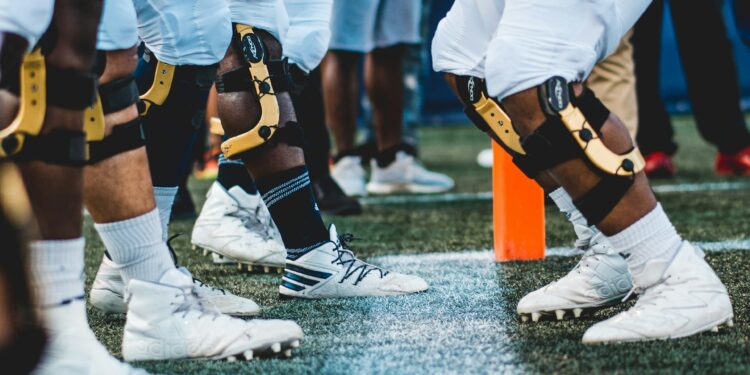They are done with opioid pain relievers.
A recent study shows that NFL players are largely steering clear of opioid-based painkillers, marking a positive shift in pain management practices within the league. The study, which analyzed data from the 2021 and 2022 seasons, found that opioids made up less than 3% of all prescribed pain medications, and only 10% of NFL players received an opioid prescription during that time.
According to Dr. Kurt Kroenke, a co-author of the study and researcher at the Regenstrief Institute and Indiana University School of Medicine, there’s been a greater focus on non-medicinal approaches to treating injuries and pain among NFL players. This shift is significant, as opioid misuse and addiction can stem from painkiller prescriptions, even affecting highly resilient athletes.
In the past, opioid misuse was a concern within professional football. A 2011 survey revealed that more than half of retired NFL players had used opioids during their careers, with 71% of those individuals admitting to misuse. To address this, the NFL and the NFL Players Association (NFLPA) introduced a prescription drug monitoring program in 2019 to limit opioid use among players.
The study examined over 14,800 pain medication prescriptions across the two seasons and found that the vast majority of players received non-opioid treatments, such as NSAIDs like ibuprofen and naproxen. These findings align with updated guidelines from the U.S. Centers for Disease Control and Prevention (CDC) regarding pain management.
Dr. Kroenke, who consults for the NFL-NFLPA Joint Pain Management Committee, believes this reduced reliance on opioids reflects broader trends in sports, where safer pain management practices are being adopted across various athletic fields.

































Discussion about this post